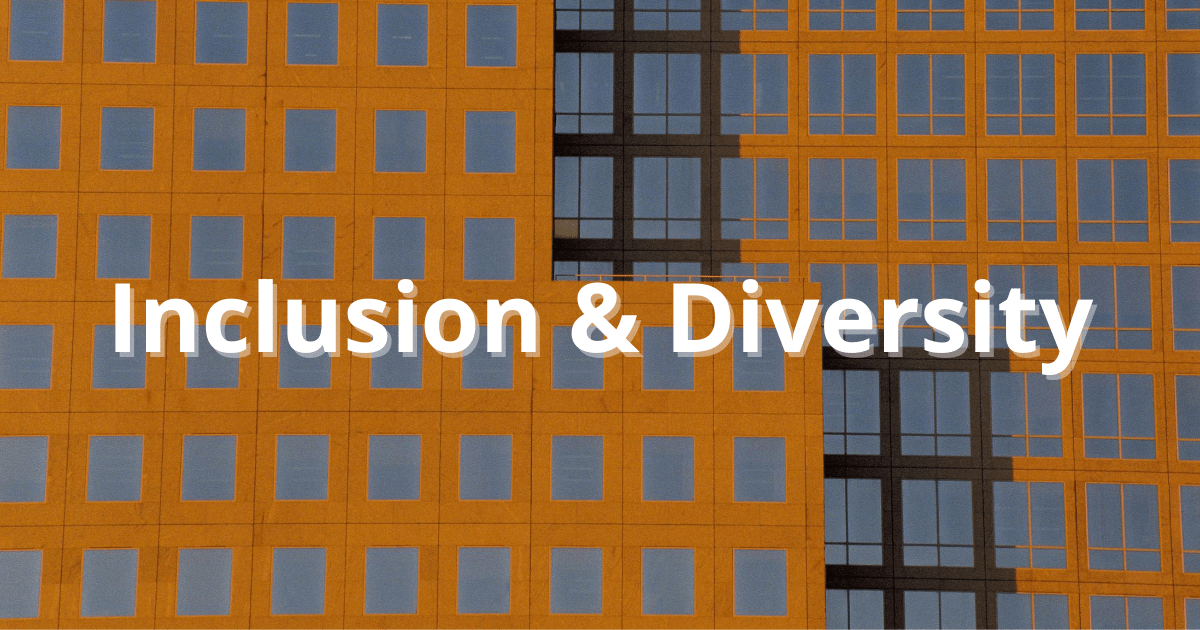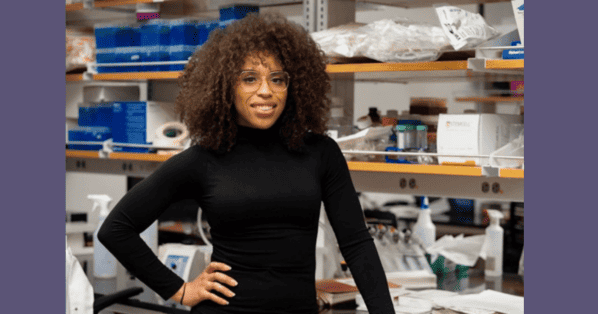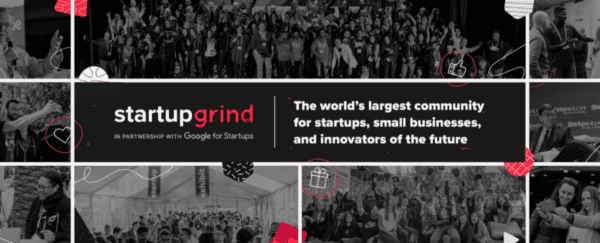“Beyond ‘Likes’ and ‘Re-Tweets’ – How to Help Actively Weave Inclusion and Diversity Into the Fabric of Your Organization” was written by Dr. Sreyoshi Bhaduri and Dr. Rosh Rupani.
The protests supporting #BlackLivesMatter in the U.S. encouraged an increased engagement among organizations, many of which revisited their inclusion and diversity (I&D) mission and vowed their commitment to the cause. The protests also aligned with Pride Month – and together both these movements in June shed light on the many important issues that employees from marginalized communities continue to face around us, in our communities and consequently, within our organizations.
In most organizations, I&D efforts remain siloed within HR initiatives. These are often “separate activities” and seldom impact the employees’ day-to-day lives or business functions. Further, very few employees are willing or able to commit time and effort needed to step up as allies. In most cases, this is due to lack of awareness of how to partner effectively with HR and Corporate to bring about change. As a consequence, the onus for seeking and adopting I&D programs rests on the marginalized employees, who often feel over-burdened and burned out while fulfilling commitments towards their project milestones as well as working towards bettering company culture and educating their peers.
It’s one thing to put out communication about how an organization supports inclusion and diversity but another to ingrain I&D into the organization’s culture. As we move into the second half of the year, let us make sure that the lessons from June carry forward as we continue the much-needed work on building inclusive communities, at and outside the workplace.
What can individuals do?
Inclusion and diversity initiatives are often siloed away from other functions of the organization. The key is to seek out effective and innovative ways to weave I&D into your organization by weaving it into everything you do. As “just another” employee, here are some ways to channel your individual efforts to make it count towards increasing inclusion and diversity manifold at your organization.
1. Do the Work—Introspect and Self-Educate.
Allyship is hard work. It involves seeking out world views which may be different from one’s own preconceived notions and biases and engaging with them differently. An easy way to be an ally is to self-educate. Reach out to HR for resources they may have that can help you be more inclusive. For example, most companies may have a reading list, with recommendations on books to help increase awareness. As you engage with these resources, reflect upon questions that may help you act at an individual level within your organization:
-
- Given my role and responsibilities within the organization, what 1-2 action steps can I take to be more inclusive?
- How can I influence my immediate team in relation to I&D?
- How can I include more diverse points of view on the projects that I’m working on?
- Am I looking beyond the status quo and educating myself to seek out scholarly work by those in the minority?
- How can I communicate or market what I’m doing to other colleagues more broadly and who specifically can I partner with?
Encouraging teammates to carry forward these conversations with each other and their managers, HR business partners, and teammates/colleagues will allow creation of brave spaces to introspect, build empathy, and thereby bring about change.
2. Walk the Talk—Hold Leaders and Human Resources Accountable.
Another way forward is to actively partner with various branches of corporate, such as Human Resources, Learning & Development, Talent Acquisition, People Analytics, etc. The following are examples of how employees can hold HR leaders at their organizations accountable.
- Human Resources personnel are interested in increasing employee engagement, increasing retention, etc. Employees can reach out to their People Analytics team to know more about the organization’s demographic. Starting a dialog with HR could involve asking questions such as, “How much diversity does our organization have?” and “How diverse is the company leadership/board?”
- Learning and Development (L&D) professionals are interested in fostering learning paths for employees. Partnering with L&D professionals could begin by exploring existing learning platforms offered and inquire if there are I&D offerings. If your organization doesn’t leverage a learning platform (such as LinkedIn Learning), review and leverage online resources provided by subject matter experts and communicate them within your organization.
- Talent Acquisition (TA) professionals are interested in acquiring diverse talent for the organization. They typically do so by trying to reduce unconscious bias and preparing managers by providing just-in-time resources to help them recognize and address their biases. Questions to ask TA professionals could be around the recruitment efforts and referral incentives.
3. Inspire Change—Find Innovative Ways to Further Inclusion.
There are several ways to engage in advocacy for I&D within one’s organization. Encouraging dialogue may be the oldest trick in the book, but it is effective in highlighting different points of views and thereby creating a culture where inclusion is woven into decision-making at various levels within the organization. However, there may be several other ways of incorporating inclusion within the organization that may not be the norm. These include challenging the status quo, asking questions, and finding innovative ways to further inclusion. For example, asking to make sure that your organization has suppliers who are diverse may be one such way to spark conversation on diversity in a space that may otherwise be untouched by such initiatives.
The final word?
In the past months there has been a much-needed, heightened emphasis on inclusion and diversity at some organizations. However, it is imperative that this focus not die down as the weeks pass. Instead the impetus must be carried forward through active partnership of employees with leadership and HR.
It is imperative that employees at organizations are empowered to do what they can from where they are within the organization.
Directed efforts at reassessing organizational structures and dismantling discriminatory systems and practices is the need of the hour. It is important to go beyond performative allyship such as merely showing support over social media by liking or re-tweeting. Ultimately, a change in culture within the 21st century U.S. workforce will only come about if there are opportunities for HR professionals and company leaders to actively partner with employees to find ways to be more inclusive.
How do you plan to bring greater inclusion to your team?
Related content:
- LGBTQ+ Safe Zone Ally Training
- SWE President’s Intentional Inclusion Update for July 2020
- Leading Women in STEM Push for Greater Diversity in Aerospace
- Empathy: The First Step Towards Inclusion
- A Reading List for Racial Equity for All Ages
- Podcast: Jayshree Seth’s Perspective on Current Crises and the Path Forward
Authors
-

Dr. Sreyoshi Bhaduri is a SWE member and Vice President at SWE-NY. She currently leads Global People Research and Analytics at McGraw Hill, where she works on research leveraging employee data to generate data-driven insights for decisions impacting organizational Culture and Talent. She has interdisciplinary expertise spanning engineering, education, and statistics. Her research interests include assessing the impact and effectiveness of inclusion initiatives within the tech industry as well as employing innovative, ethical and inclusive mixed-methods research approaches using AI to uncover insights about the 21st century workforce. Learn more about her and get in touch at www.ThatStatsGirl.com.
-

Dr. Rosh Rupani is Director of Leadership and Organizational Development at McGraw Hill – she manages global learning & development initiatives to help employees and managers stretch and also partners with colleagues to identify and solve organizational gaps. She’s passionate about strategizing and at the same time likes to roll up her sleeves to get things done. Dr. Rosh loves #MakingMagicHappen which translates to being extremely resourceful and having a no-excuses mindset when it comes to execution. She immensely enjoys coaching leaders to help them explore and attain their “next best self.” Dr. Rosh is also a mother and continues to learn every day from her 3-year old daughter who teaches her about optimism, resilience, and playful learning!






